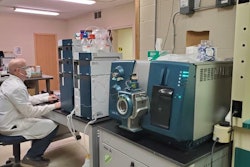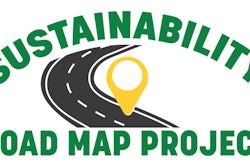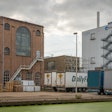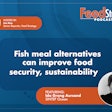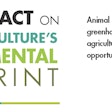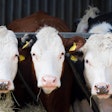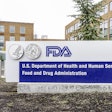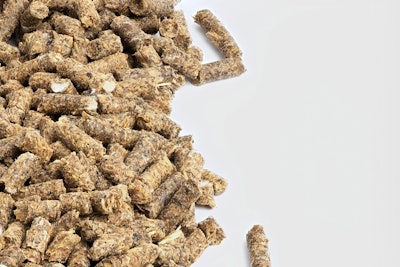
Implementing sustainable practices within the livestock and poultry feed industry and throughout the value chain is essential to reaching global climate targets and limiting warming to 1.5 degrees, says anew reportfromhttps://www.worldwildlife.org/(WWF).
报告解释了美国动物饲料印度河try and supply chain partners can implement changes that will decrease the environmental impacts of feed production and help lead to a more sustainable and climate-resilient global food system.
Four critical components of a sustainable feed strategy
WWF’s report outlines how these issues can be addressed through four critical components of a sustainable feed strategy: circularity, innovation, regenerative agriculture and responsible sourcing.
- Responsible sourcingcan halt land conversion in supply chains, thereby protecting valuable carbon stores in critical ecosystems and normalize the integration of environmental impact evaluation into feed formulation decision making.
- Regenerative agricultureinterventions lead to multiple environmental benefits (e.g., interventions lead to multiple environmental benefits (e.g., biodiversity, water use, soil health) and support local producers and communities. They are key in both carbon sequestration and emissions mitigation because of the linkage to cropping system’s nutrient needs (e.g., carbon, nitrogen, phosphorus, water).
- Circular ingredientsreduce pressure on both landfills and land for crop production by utilizing already available “niche”, novel, and alternative ingredients with important nutritional and/or functional health attributes. Leadership and action are needed to further quantify the impact and scale of available ingredients in an economically feasible way while maintaining quality and safety standards.
- Feeding innovationsreduce the footprint of animal production through improved efficiency and health, and/or by lowering emissions from manure and enteric fermentation. Innovation is needed in ration formulation, ingredient development, equipment, and manufacturing and even business models that provide unique incentives for changing practices.
“When we talk about building a sustainable future, a critical part of the conversation is how we supply environmentally responsible animal feed,” said Ellen Dierenfeld, lead specialist for sustainable feed innovations, WWF. “Right now there is a unique opportunity for the feed industry to leverage its influence and effect worldwide change. Collective action across the feed value chain would send market signals rippling throughout the entire agriculture sector, leading to a more sustainable food system for everyone.”
The report also includes relevant insights and examples in action shared by a diverse set of stakeholders during the recent Feed Systems Sustainability Summit, convened jointly by WWF and theInstitute for Feed Education and Research(IFEEDER).
“The feed sector’s sustainability efforts are influenced by many stakeholders both upstream and downstream of the industry, creating real opportunities for engagement,” saidLara Moody, executive director of IFEEDER. “Actionable solutions exist, as demonstrated by case studies in the report, but signals and support from the full feed value chain including feed stuff producers and consumer facing stakeholders are needed.”
Download the full report here:Solutions to Meet the Need for Feed





